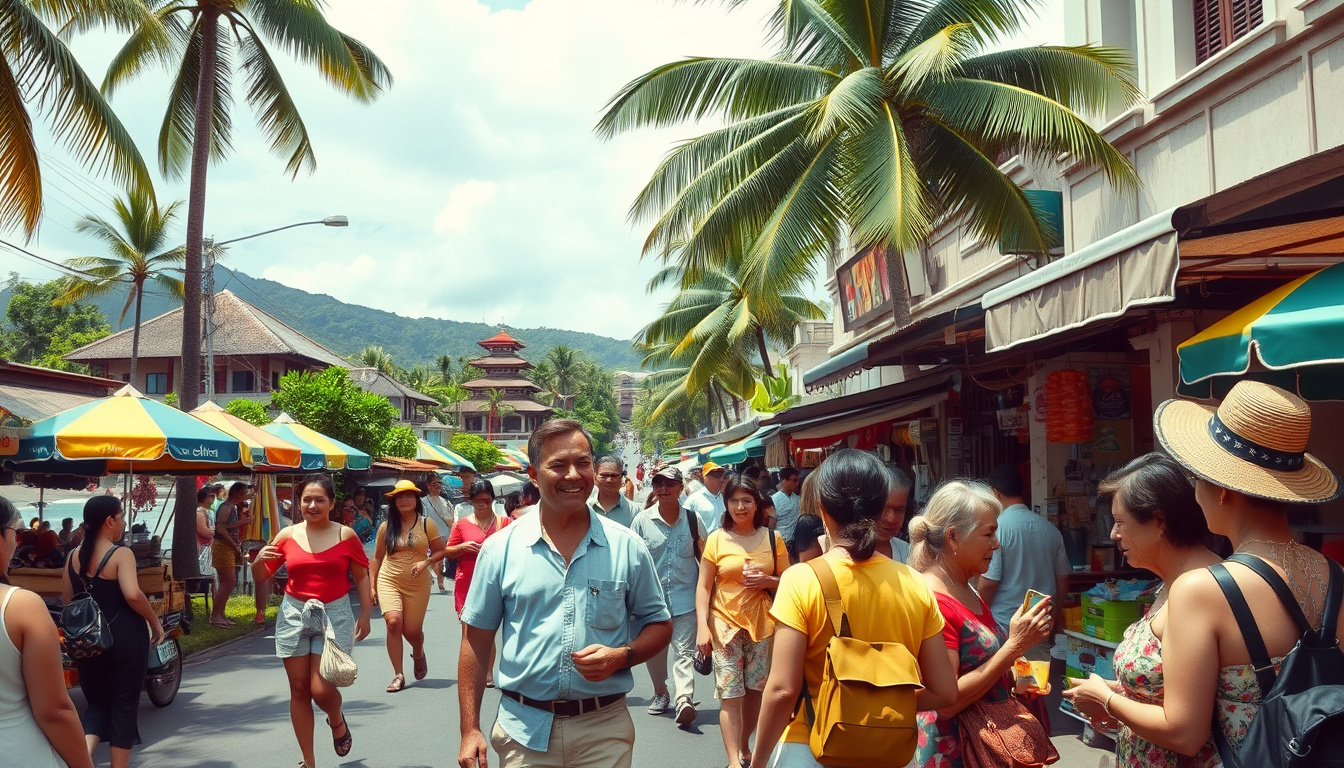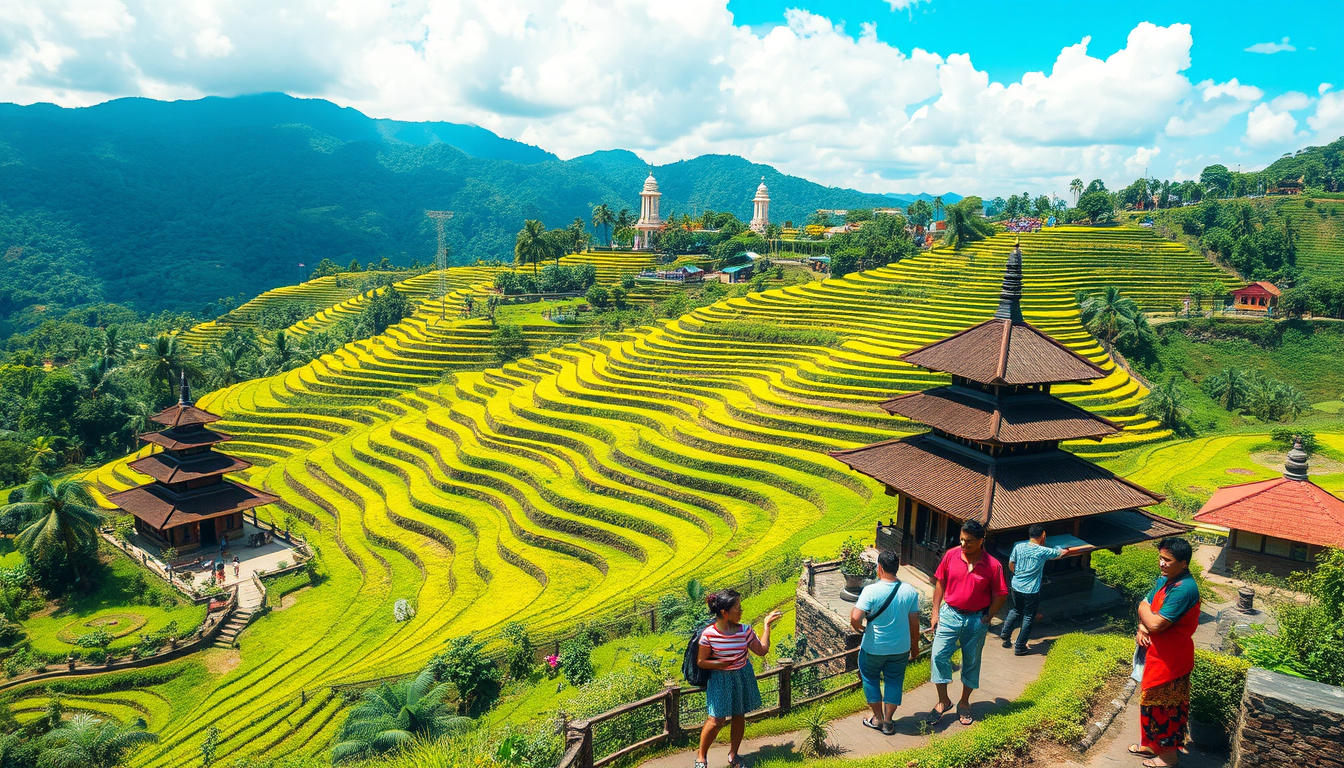“Hotels’ enjoyment of solid occupancy across all categories (excluding luxury) was driven by increasing foreign direct arrivals, a slowing in new hotel openings and a further slashing of rates,” he noted in a release issued today (Feb 20).
Bali’s domestic market in 2016 was up 12% year-on-year to around 7.1 million and foreign arrivals also up 6% year-on-year to 4 million, bringing the total to over 11 million for the first time, Mr Barnett said.
Meanwhile, foreign arrivals surged year end 2016 up by a significant 23% to 4.9 million, according to the new Horwath HTL and C9 Hotelworks Bali Hotel and Branded Residences 2017 report.
“Featuring prominently has been the Bali tourism pivot with Mainland China now holding the second position in terms of international arrivals,” Mr Barnett said.
“In 2017, the mass Chinese market is forecasted to overtake the legacy Australian segment. In the later part of last year as Thailand’s government banned zero-dollar tour junkets from the Mainland, Bali benefited from a re-direct of business,” he added.
Two critical factors that are a knock-on effect from the dynamic shift are first a lower spend per visitor, Mr Barnett cautioned.
“A 2016 survey by the Bank of Indonesia highlights that the typical Chinese tourist spends around one quarter of that spent by a typical European or Australian tourist. With the proportion of Chinese tourists increasing the economic benefits of each new tourist is reducing,” he said.
“Secondly is the shorter length of stay. The average length of stay in Bali YTD (year to date) September 2016 fell to 3.11 days, down from 3.20 days year-on-year,” he added.
“The sub-market suffering the greatest was Denpasar, dropping from 4.53 to 2.73 days YTD September 2016. This is a double-whammy for hotels, with lower yield per tourist and a shorter length of stay,” Mr Barnett said.
Of note, Bali’s “Luxury” hotel segment (more US$350/B12,260) took a solid hit last year.
“On the back of solid performance improvements recorded between 2011 and 2014, the last two years have been gloomy in the Luxury segment. All performance matrices are showing a slip in 2016, with RevPAR suffering a 6% fall on the back of an 11% fall in 2015,” said the report.
Source & image: thephuketnews.com










